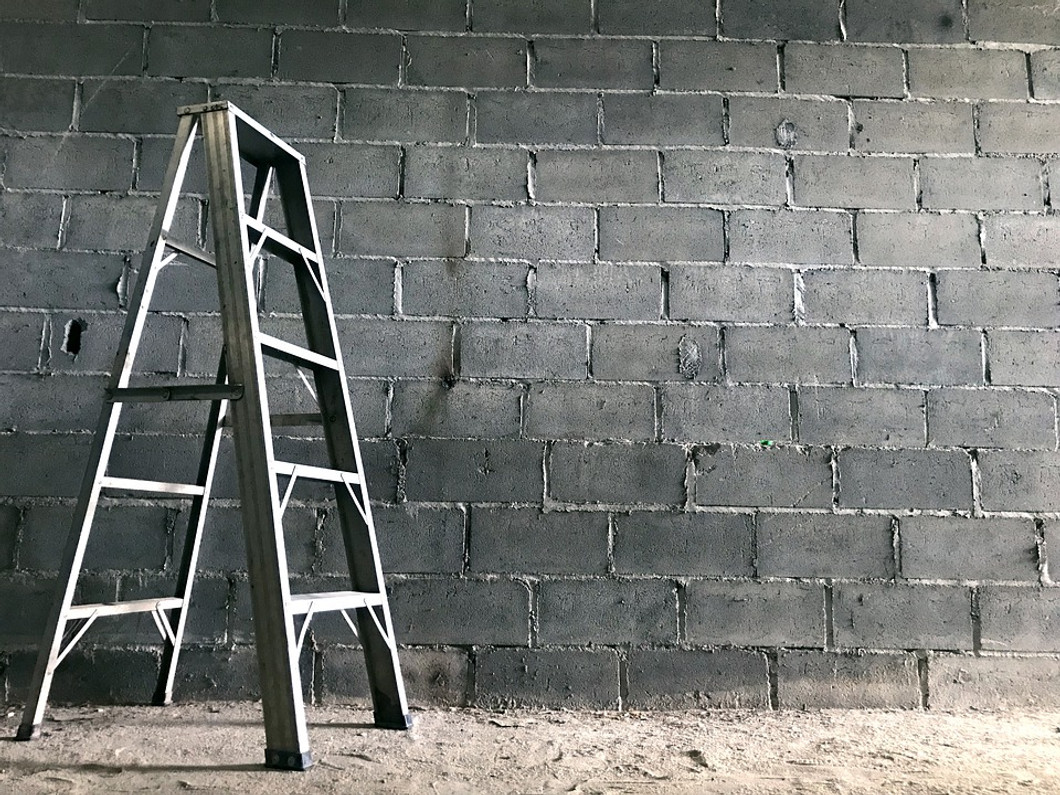The Dos and Don'ts of Drilling Into Concrete
Drilling isn't limited to wooden workpieces and surfaces. You can drill into other materials, including concrete. Maybe you're trying to install an eye hook, or perhaps you're trying to mount an anchor point. Regardless, you can drill into concrete. When doing so, however, you should follow these essential dos and don'ts.
Do Wear a Dust Mask
Always wear a dust mask when drilling into concrete. Drilling into any materials will create airborne dust. But concrete dust is more dangerous than wood dust. According to the U.S. Occupational Safety and Health Administration (OSHA), drilling into concrete can create dangerous levels of dust, which is why a dust mask is required. Wearing a dust mask will prevent you from accidentally inhaling the airborne concrete particles.
Do Use a Strong Drill Bit
A cheap drill bit won't cut it when drilling into concrete. Concrete is harder than wood. While you can probably use a cheap drill bit for a wooden workpiece, you'll need a strong and high-quality drill bit for a concrete workpiece.
Do Wear Safety Goggles
In addition to a dust mask, you should wear safety goggles when drilling into concrete. Eye injuries can occur when drilling into concrete. A piece of concrete may project out of the pilot hole, and if lands in your eye, it may cause an eye injury. There are safety goggles available to prevent eye injuries from occurring. They typically feature impact-resistant lenses that can withstand projectiles without breaking.
Don't Drill at an Angle
Avoid drilling into concrete at an angle. Like with other materials, you should drill perpendicular into concrete. Drilling at an angle will expose the drill bit to more stress. Even if it's a strong and high-quality drill bit, it may snap in half. Rather than drilling at an angle, drill perpendicular by pushing the drill directly against and into the concrete workpiece.
Don't Use Too Much Force
Another mistake to avoid when drilling into concrete is using too much force. Drilling, of course, requires the application of force. You'll have to apply force to the drill so that the drill bit will feed into the concrete workpiece. With that said, using too much force may result in injury. If your hand slips, you could strike it with the drill.
Don't Drill Into Cracked or Compromised Concrete
You should avoid drilling into cracked or compromised concrete. Before drilling, inspect the concrete for signs of damage such as this. If you notice any cracks or other forms of damage, don't drill into it.
Recent Posts
-
Fire Safety in the Workplace: What You Need to Know
What steps are you taking to prevent fires in your workplace? According to the U.S. Occupational Saf …Aug 23rd 2023 -
Is It Safe to Go Jogging With a Cold Infection?
If you're suffering from a cold infection, you might be wondering whether it's safe to go jogging. T …Aug 22nd 2023 -
5 Safety Tips to Follow When Using a Powder-Actuated Tool
Powder-actuated tools are commonly used to join materials to steel and concrete. Also known as Hilti …Aug 20th 2023




